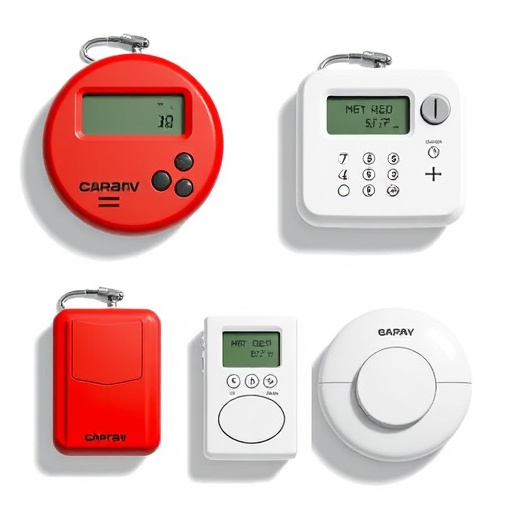The effectiveness of personal alarms for individual safety depends heavily on the Personal Alarm Range in Buildings, which varies based on structure design and noise levels. Open spaces allow better sound propagation, while enclosed areas can absorb or reflect sound waves, reducing the alarm's reach. Background noises can also mask signals. To ensure optimal safety, select alarms suited to a building's layout and environment, with loud, high-pitched sounds and instant notification features. Regular testing in strategic locations like entry/exit points, near windows, or in high-risk areas is crucial, along with understanding local laws and keeping charged backup batteries.
Staying safe is a top priority, especially in uncertain times. Personal safety tools equipped with alarm functions offer crucial protection. This article guides you through understanding the Personal Alarm Range in Buildings, exploring essential features for effective protection, and providing best practices for optimal deployment across various environments. By arming yourself with this knowledge, you can enhance your safety and peace of mind.
- Understanding Personal Alarm Range: Factors Affecting Coverage in Buildings
- Essential Features to Consider for Effective Personal Safety Tools with Alarm Function
- Best Practices for Deploying and Using Personal Alarms for Optimal Protection in Different Environments
Understanding Personal Alarm Range: Factors Affecting Coverage in Buildings
Personal alarms, often a key component of personal safety tools, are designed to deter potential threats and attract attention when activated. Understanding the range at which these alarms can be heard is crucial, especially in buildings where factors can significantly impact their effectiveness. The Personal Alarm Range in Buildings is not a static value; it varies based on several environmental considerations.
Key factors affecting coverage include the structure’s design: open-plan spaces offer better sound propagation than enclosed rooms or corridors. Walls, doors, and other architectural features can absorb or reflect sound waves, reducing the alarm’s range. Additionally, noise levels from other sources within the building—such as air conditioning, traffic, or background conversations—can mask the alarm’s sound, decreasing its effectiveness. Thus, for optimal personal safety, it’s essential to select alarms suitable for the specific layout and environment of your building and ensure they are tested regularly under real-world conditions.
Essential Features to Consider for Effective Personal Safety Tools with Alarm Function
When choosing personal safety tools with an alarm function, several essential features should be at the top of your list for effectiveness and peace of mind. Firstly, consider the personal alarm range in buildings. The ability to trigger an alarm from a distance is crucial in enclosed spaces where help might not be immediately accessible. Additionally, look for tools equipped with loud and high-pitched alarms; these sounds can attract attention and deter potential threats faster than lower-pitched ones.
The inclusion of instant notification features is another critical aspect. Many modern devices now integrate with smartphone apps, allowing users to alert emergency contacts or authorities instantly upon activation. Some models also offer vibrating alerts, beneficial for those who might be in situations where making noise could be dangerous. Moreover, water-resistance and durable design can ensure these tools remain functional even in challenging conditions, making them versatile options for various personal safety scenarios.
Best Practices for Deploying and Using Personal Alarms for Optimal Protection in Different Environments
When deploying personal alarms with alarm functions, it’s crucial to consider the specific environment for optimal protection. In open spaces like parks or outdoor events, a personal alarm offers a good range for alerting nearby individuals and authorities. However, in enclosed buildings such as offices or residential complexes, the Personal Alarm Range in Buildings should be carefully evaluated. Alarms designed for indoor use often have lower decibel levels to prevent noise pollution but may require closer proximity to be heard effectively over ambient noise.
Best practices include strategically placing alarms at entry and exit points, near windows, or in high-risk areas. Regular testing of the alarm’s functionality is essential, ensuring it triggers as intended under stress. Users should also familiarize themselves with local laws and regulations regarding personal alarms, as well as learn basic self-defense techniques to accompany their use. Additionally, keeping a charged backup battery or having a portable charger on hand can ensure reliability in case of an emergency.
Personal alarms with alarm functions are valuable tools for enhancing personal safety, but their effectiveness depends on understanding the critical factor of personal alarm range within buildings. By considering factors like space constraints, obstacles, and signal interference, individuals can optimize their choice of personal safety devices. Essential features such as high-decibel alerts, long-lasting batteries, and customizable settings ensure maximum protection in various environments. Following best practices for deployment and usage will guarantee that these tools provide the desired level of security, making them indispensable companions for personal safety in diverse settings.
